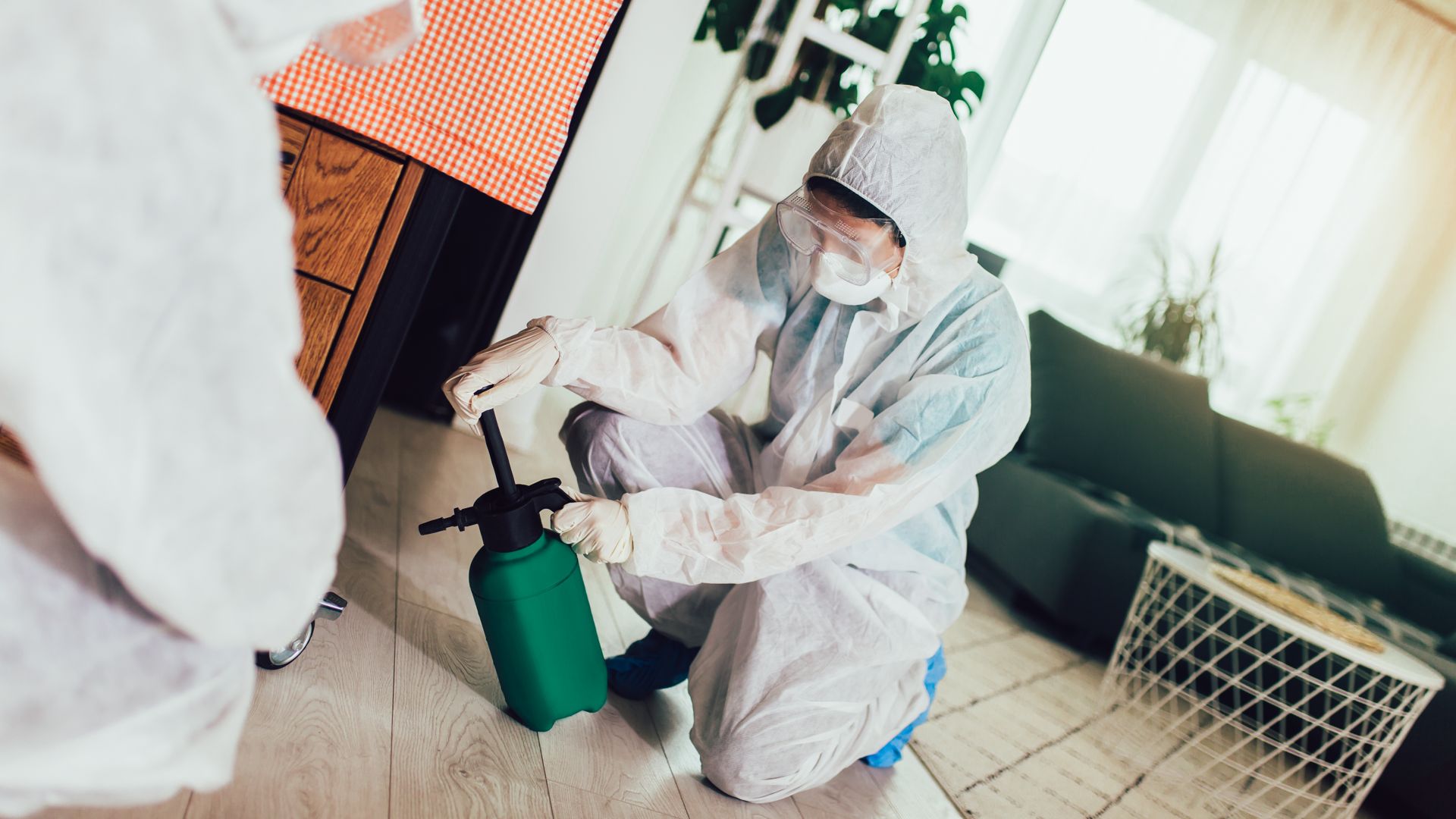What Do Termites Look Like?
Termite Identification
Worker Termites
The life cycle of a termite begins with the queen giving birth to new termite workers. Most workers will stay workers and perform the task of consuming food and sharing that food with the other individuals in their colony through a process called trophallaxis. You are not likely to ever see worker termites. They live in the ground or entirely inside the wood they are consuming. But, there are a few ways you might see them:
- If you are tearing apart a wall in your home, you may find worker termites inside.
- If you find mud tubes on your foundation walls and break a piece off, you may find these tiny pale insects crawling around inside.
- If you have a spot on your home that gets a lot of shade and stays wet after it rains, termite workers may feed out in the open air. These are moisture pests.
- If you have a spot on your home where the wood touches the soil, you may see workers in these locations if the soil is damp.
- If you have a dead stump on your property, you may be able to break a piece off and see worker termites.
If you see worker termites, you're likely to see lots of workers in one place. At first glance, they may look like worms or maggots because of their pale, wet, glossy appearance. The distinguishing feature will be their six legs and two antennae.
Soldier Termite Identification
When a nest requires more protection, worker termites will develop into soldiers. Like the worker termites, soldiers are not a termite you'll generally see. They also live inside the ground and within wood.
If you are exposed to a group of termite workers, there should be some termite soldiers within their ranks. The soldiers will stand out from the workers by their larger, darker orange head, and black forceps.
Reproductive Termites
When a nest matures, the queen will begin to develop male and female alates for the purpose of establishing new nests. These reproductives are sometimes called swarmers because of the way they swarm together after leaving their colony of origin. Reproductives are the type of termite you're most likely to see. They will generally appear on window sills, mulch beds, near wood, or in moist areas around your perimeter. When they appear, it is important to understand that this is a warning sign of a mature infestation, not an impending infestation.
Swarmers may be brownish-orange or black with long white wings that extend beyond their abdomen. They have six legs and two antennae and are only about ¼ to ½ inch in length-with wingspan included.
Kings And Queens
After swarmers shed their wings, they pair off, male and female, and begin their own colony. There are no dead beat dads in the termite world. The king helps his queen create offspring for the new nest, but he looks quite different.
The king looks like a swarmer without its wings. His form does not change over time, like his queen. Her abdomen will grow as she continues to produce babies. But only her abdomen changes. Her head and thorax remain the same. This can make her look like a termite that is trying to escape from a tan blob.
If you're still wondering what termites look like, give our team a call at (281) 214-8066 or contact us online.

.2503110807321.jpg)
.2412110613398.jpg)
.2412110610205.jpg)